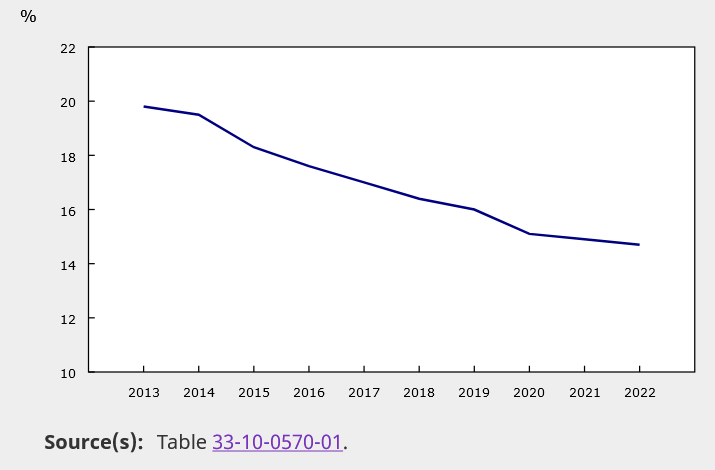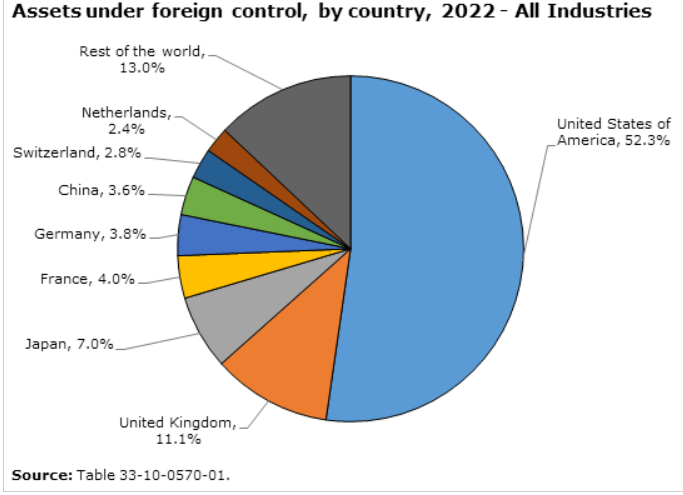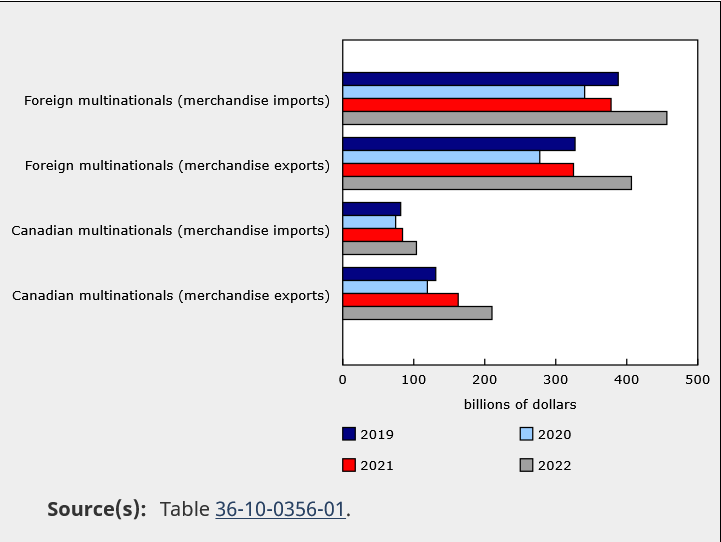Where are the businesses in Canada and how do rural and urban businesses differ?
 Peter Josty is Executive Director of The Centre for Innovation Studies based in Calgary.
Peter Josty is Executive Director of The Centre for Innovation Studies based in Calgary.
In mid-2024, there were 1,354,263 employer businesses in Canada, according to Statistics Canada.
Where are they located? How does it vary across the country? Is it different for large and small firms? And are rural and urban businesses different?
A business is classified as an “employer” if it has paid employees during the previous 12 months.
Urban areas are defined as census metropolitan areas (minimum population 100,000) and census agglomerations (minimum population 10,000). This urban/rural balance is the same as Canada’s overall population balance, which is about 80 percent urban.
Nineteen percent of the businesses were located in rural areas, and eighty-one percent in urban areas.
What about their size?
The Statistics Canada definitions are: large businesses – more than 500 employees; medium-sized – 100 to 499 employees; small – one to 99 employees.
Large businesses are disproportionately located in urban areas, and small businesses are located more in rural areas. The table below illustrates this.
Company size | Location | Number | Percent rural |
Large | Total Rural | 3,236 245 | 7.6 |
Medium | Total Rural | 21,530 2,744 | 12.7 |
Small | Total Rural | 1,110,967 215,441 | 19.4 |
Source: Statistics Canada
What about the provinces?
The proportion of rural businesses varies widely across the country, from a high of 79 percent in Newfoundland and Labrador to a low of 10 percent in Ontario. The average for the whole country is 19 percent.
| Percent rural businesses |
British Columbia | 11 |
Alberta | 24 |
Saskatchewan | 54 |
Manitoba | 36 |
Ontario | 10 |
Quebec | 26 |
New Brunswick | 62 |
Newfoundland and Labrador | 79 |
Nova Scotia | 50 |
Prince Edward Island | 59 |
Source: Statistics Canada
This distribution of businesses follows the percentage of the population living in rural areas, as shown in the figure below from the 2021 census. Provinces with smaller populations have more rural businesses because they have fewer large cities and towns.

Source: Statistics Canada, 2021 census
Which province has the most businesses per million population?
Across Canada, there are almost 28,000 businesses per million population. There is a wide variation among provinces, from a high of more than 34,000 per million population in British Columbia to a low of less than 19,000 per million population in Newfoundland and Labrador.
Province | Businesses per million population |
British Columbia | 34,569 |
Alberta | 29,532 |
Saskatchewan | 22,165 |
Manitoba | 21,599 |
Ontario | 28,887 |
Quebec | 24,466 |
New Brunswick | 19,076 |
Newfoundland and Labrador | 18,859 |
Nova Scotia | 20,255 |
Prince Edward Island | 24,204 |
Canada | 27,721 |
Source: Statistics Canada
How have business numbers changed?
Over the last decade, the Canadian population has risen by 17 percent. The total number of businesses has risen by only 10 percent, and the number of medium-sized businesses has risen by 11.5 percent.
However, the number of large businesses (more than 500 employees) has just outpaced population growth and risen by 17.6 percent.
As a percent of the total population, the rural population of Canada has been declining slowly for many years, as shown in the figure below. This is very likely to continue.

As a consequence, the proportion of small and medium-sized businesses in rural areas continues to decline slowly.

Source: Innovation, Science and Economic Development Canada (ISED)
Are rural businesses different from urban businesses?
According to a report from Innovation, Science and Economic Development Canada, there are some interesting differences between rural and urban businesses:
- Rural businesses were more likely to be smaller and older than urban businesses. They were also more likely to operate in goods-producing industries such as the agricultural sector.
- Financing is similar between urban and rural businesses, and both had high approval rates when requesting funding. Urban businesses were more likely to receive funding from domestic banks, while rural businesses were more likely to get funding from credit unions and government sources.
- Rural businesses were less likely to report high growth, sell outside their province, export, innovate, hold intellectual property, and adopt advanced technologies.
- Both urban and rural businesses experienced similar challenges. But rural businesses had more difficulty recruiting skilled labour, dealing with government regulations and the rising costs of inputs. However, rural businesses found it slightly easier to obtain funding than urban businesses.
- Both urban and rural businesses were predominantly owned by men (69 percent and 68 percent, respectively). The ownership of rural businesses was less diverse than urban businesses. The primary decision maker in a rural business has more experience but less education than their urban counterpart.
Conclusion
One-fifth of all businesses in Canada are located in rural areas, about the same percentage as Canadians living in rural areas. Medium-sized and large businesses are located disproportionately in urban areas.
The proportion of businesses in rural areas varies widely across Canada, from a high of 79 percent in Newfoundland and Labrador to a low of 10 percent in Ontario. This roughly follows Canada’s distribution of population.
The proportion of rural businesses has been declining slowly, along with the rural population.
Expressed as the number of businesses per million population, the number of businesses in Canada has declined over the last decade.
Rural businesses have some different characteristics from urban businesses in terms of their size, age, growth rates, innovation, ownership of intellectual property, financing, and ownership.
The data indicates that rural businesses, on the whole, face more challenges than urban businesses and would benefit from support targeted at their unique needs.
R$
| Organizations: | |
| People: | |
| Topics: |
Events For Leaders in
Science, Tech, Innovation, and Policy
Discuss and learn from those in the know at our virtual and in-person events.
See Upcoming Events
You have 0 free articles remaining.
Don't miss out - start your free trial today.
Start your FREE trial Already a member? Log in
By using this website, you agree to our use of cookies. We use cookies to provide you with a great experience and to help our website run effectively in accordance with our Privacy Policy and Terms of Service.




